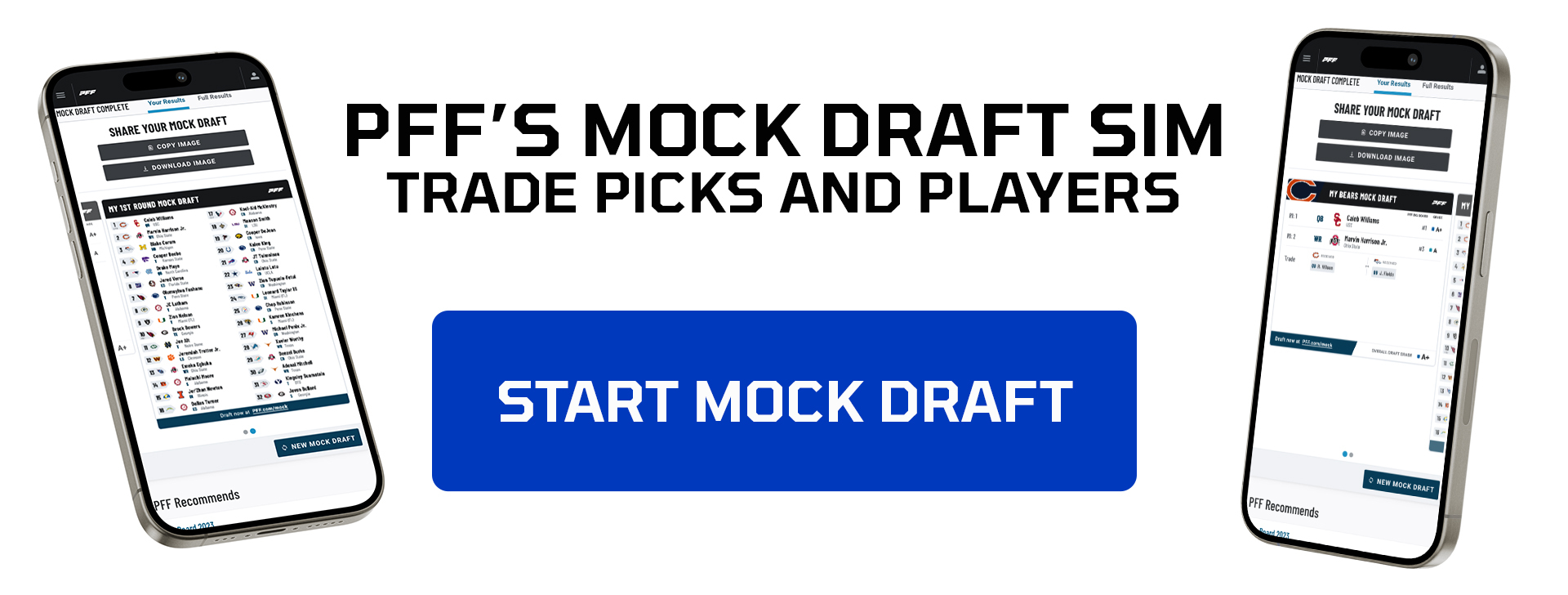This is Patent Pending. Supply-chain-related patent applications are published every day and this is where we'll talk about the ones that could have the biggest impact on the supply chain and the ones that challenge the norm. We want to give you an idea of where supply chains are heading and what the industry is thinking. Read the previous issue here.
Getting your stuff sorted

Amazon
After a customer order is picked at a fulfillment center, some companies will send it on to a sortation center. Amazon does this, and Target has announced plans to expand a similar model. The sortation center is where packages are divided up by delivery location for last-mile drivers. In a patent application published earlier this month, Amazon outlines its ideas for updating this process.
Amazon points out that the traditional way of organizing sortation centers does not allow for much flexibility. In this standard model, sortation zones within the facility correspond with geographic areas that are serviced by the sortation center. Changes in facility capacity or jurisdiction result in the need to "re-zone" the facility, which can lead to extended periods of downtime for the location.
The e-commerce company also points out that if one geography is ordering more packages, other parts of the sortation center are being underutilized.
What Amazon envisions is a "dynamically generated" sort zone assignment plan that can change daily or weekly. Here is how it would work:
- The information on the packages arriving for the next sortation period will come from the fulfillment center.
- A machine learning model is used to forecast additional orders that should be expected in different geographies.
- A "package trace" is generated outlining the sequence in which packages would be delivered within a geography.
- The trace is then divided into sortation zones using a function that attempts to minimize the number of zones.
- The sort zone is determined by scanning a label on the package upon its arrival.
- The package is taken to the sort zone either by a worker or an automated system.
- When packages are in the sort zone, the delivery driver determines the routing.
Amazon also sees this as something that can be updated in real time to account for delivery delays or unexpected packages using the "sort zone assignment engine."
Read up:
Rerouting ... this way to our final stop

Walmart
The delivery route itself is another area that just about every company in the logistics business is trying to optimize. UPS has its ORION technology, and Amazon just gave away thousands of dollars in a route planning competition. Brick-and-mortar giant Walmart is also thinking about ways to improve route planning, according to a patent application published this month.
Walmart's idea would sound familiar to anyone who uses a modern GPS application on their phone: A route that updates in real-time based on changing conditions.
The initial route can be determined using a number of traditional route-planning algorithms. It will lay out the required stops to complete the delivery of all the items. But the system will monitor it in real time to ensure it's still the "preferred delivery route." And if changes need to be made to the initial route — because it ends up being longer or having more traffic — then the update will be sent to a computer that the driver uses for navigation.
But Walmart's idea is not to constantly reevaluate the entire delivery route. It's to reevaluate the next few stops in a predetermined range. And if the system determines there is a better way, the driver's route is updated.
Read up:
Patent Pending: Amazon imagines dynamic parcel sorting, Walmart's idea for route planning - Supply Chain Dive
Read More

No comments:
Post a Comment